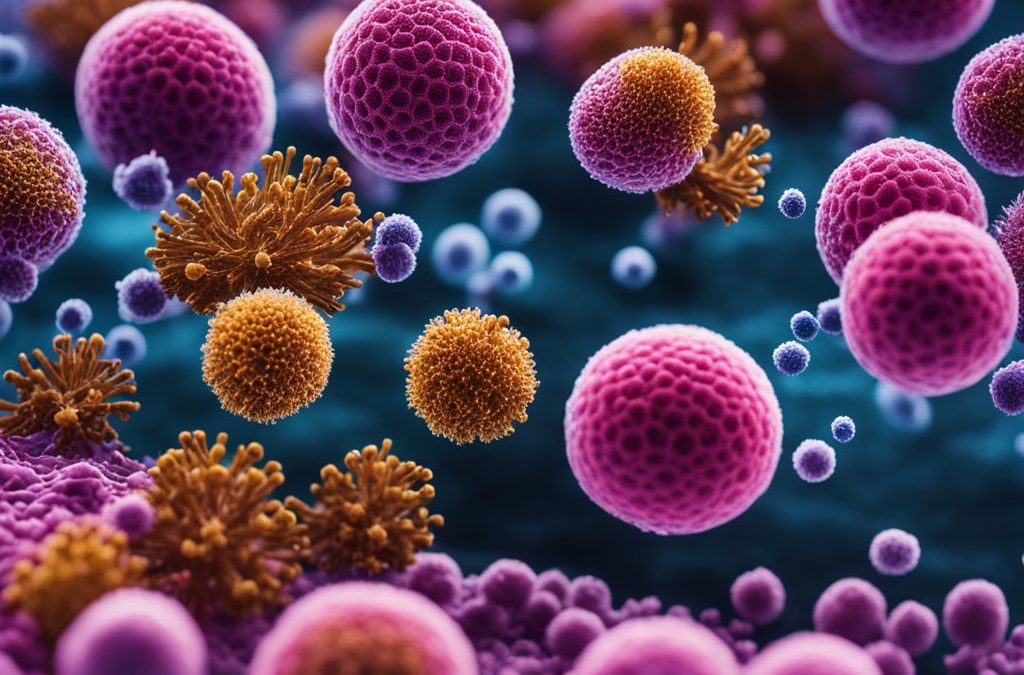Would you like to find out more about a treatment? We are happy to help you at any time!
We understand that aesthetic treatment needs to be carefully considered. We are therefore happy to take the time to answer all your questions during a free, no-obligation initial consultation. Arrange your consultation appointment today at one of our BEAUTYCLINICs.
If you would like a brief online preliminary clarification before your consultation, you can also contact us by e-mail.
No matter which way you want to reach us - we look forward to hearing/reading from you!











